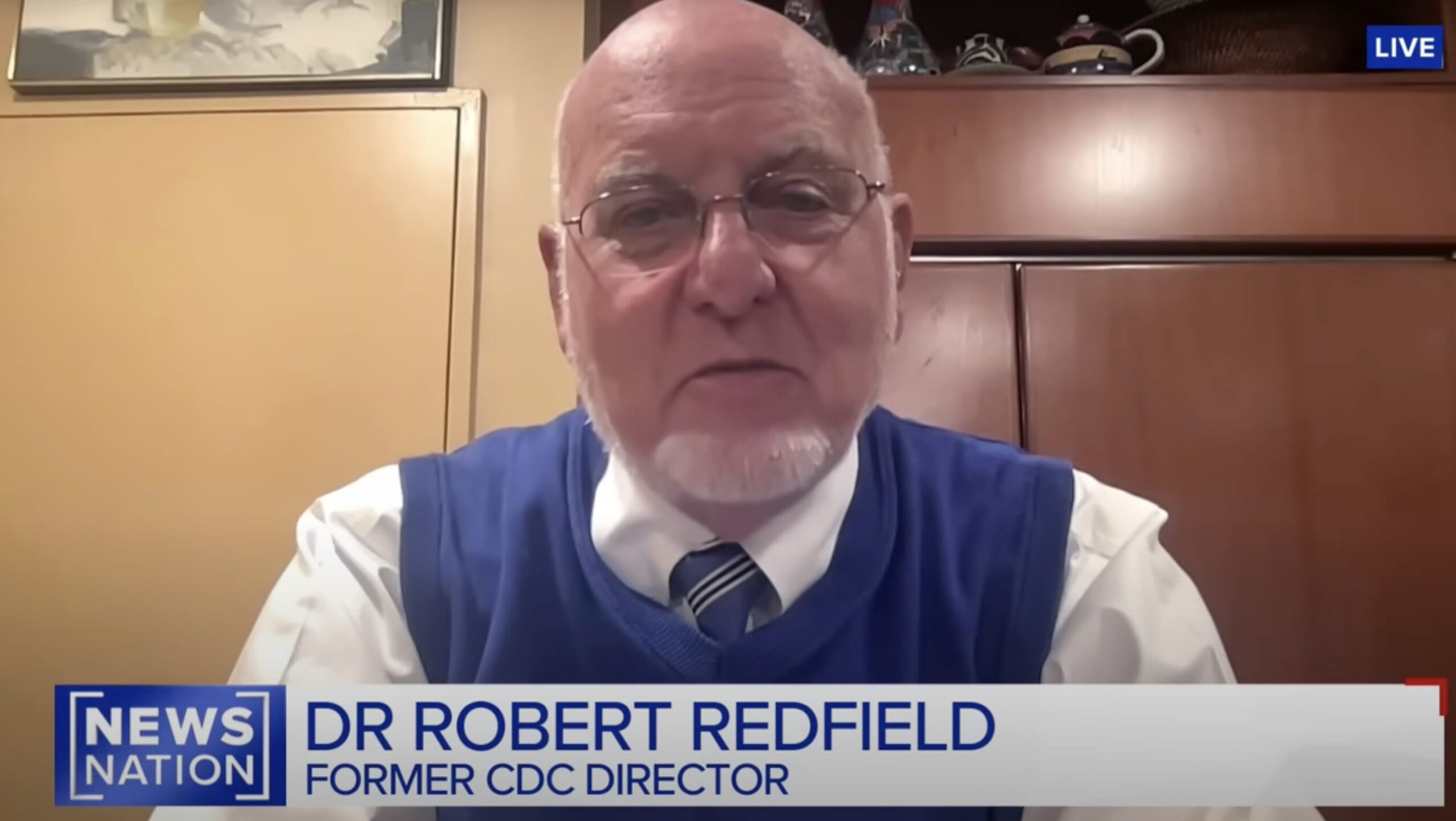Preventing and Responding to COVID-19 on College Campuses
By Henry T. Walke, MD, MPH1; Margaret A. Honein, PhD, MPH1; Robert R. Redfield, MD1
The coronavirus disease 2019 (COVID-19) pandemic continues to present public health and societal challenges worldwide. Concerted public health efforts in the US at the local, state, territorial, national, and tribal levels remain paramount to protecting the population, particularly those at greatest risk for severe illness and death. Throughout the summer months, younger people accounted increasingly for confirmed severe acute respiratory syndrome coronavirus 2 (SARS-CoV-2) infections in all US regions, with highest incidence among young adults aged 20 through 29 years during June to August, and with young adults (20-39 years) contributing to the large regional increases in the southern US during June 2020.1
At the beginning of the fall of 2020, the opening of colleges and universities poses new challenges and accompanying risks for transmission on campuses and in their surrounding communities. Although the risk of severe health outcomes from COVID-19 in young adults without underlying health conditions is relatively low, faculty, university staff, and close contacts of college students at home and in the community might be at a considerably higher risk for severe illness and death if they were to become infected.
The Centers for Disease Control and Prevention (CDC) continues to develop and disseminate data-driven guidance to support these institutions, students, staff, their families, and surrounding communities.2 In advance of the fall 2020 term, colleges and universities across the nation implemented a variety of COVID-19 prevention practices, mitigation efforts, and testing strategies. However, to date little evidence exists from the college setting to demonstrate the effects of many of the specific efforts employed. Although the situation is dynamic, a Davidson College initiative tracking data on nearly 3000 US colleges reports that as of September 9, 2020, about 4% of colleges are conducting fully in-person and 23% primarily in-person instruction, with the remaining using hybrid models or teaching primarily or fully online.3
For colleges with some degree of in-person instruction, a variety of COVID-19 testing strategies in addition to symptom-based testing are being employed in an attempt to reduce transmission. These include (1) universal entry screening: testing all students before arrival on campus; (2) 2-phased universal screening: prearrival testing paired with a follow-up test, typically about 1 week after arrival; (3) scheduled screening, with repeated testing of the entire campus population (eg, weekly); (4) random screening, with testing a random sample of the campus population; (5) testing on-demand, by making tests available to students on campus on demand but not requiring testing; and (6) wastewater testing to detect virus in the sewage overall or for specific facilities (eg, residence halls).
The efficacy of these various testing strategies in higher education settings is still being evaluated, and testing can be rapidly expanded to be more frequent and widespread when outbreaks occur. In a closed-campus youth camp setting, a report on 4 overnight camps in Maine involving 1022 campers (n = 642) and staff (n = 380) of various ages (range, 7-70 years; 64% were ≤18 years and 21% were ≥22 years) suggested that 2-phased universal testing might be effective in minimizing transmission. Prearrival testing delayed entry of 4 infected persons and postarrival testing identified 3 additional asymptomatic infected persons, and prompt isolation prevented further spread.4 In a college or university setting, with frequent movement of faculty, staff, and students between the college and the community, a strategy of entry screening combined with regular serial testing might prevent or reduce transmission of SARS-CoV-2.
On September 29, 2020, CDC released 2 reports that help inform prevention and response for college campuses. One report describes a widespread outbreak of laboratory-confirmed SARS-CoV-2 infections at a large university in North Carolina, and the second describes the rapid increase in SARS-CoV-2 infections among adults aged 18 through 22 years nationwide.5,6 The experience of the North Carolina university highlights the potential for rapid transmission on campus. Before students began to arrive for fall term, this university implemented a variety of mitigation measures including spacing and scheduling move-in times, increasing physical spacing in classrooms, a face mask requirement for classroom settings and other indoor common spaces,7 and adjusting dining options to reduce crowding. The university also made plans for isolation of infectious individuals and quarantine of close contacts. The university did not implement any universal entry or serial screening testing. Students moved into on-campus housing during August 3 through 9, but, due to an outbreak of SARS-CoV-2 infections, by August 19 all classes were transitioned to an online format, and the university began reducing housing density in on-campus buildings. By August 25, a total of 670 laboratory-confirmed SARS-CoV-2 infections were identified among the university’s students, faculty, and staff.5
The second report provides updated national case surveillance data reported to CDC by all 50 states and the District of Columbia plus 4 territories.6 During August 2 through September 5, 2020, individual-level data on nearly 1 million COVID-19 cases was reported to CDC. During August 2 through 29, 2020, COVID-19 incidence among those aged 18 through 22 years increased 62.7% (from 110 to 180 cases per 100 000), with increases noted in this age group only for persons identified as non-Hispanic White. The increases were largest in the Northeast, but similar patterns were observed in the South and Midwest; the lowest increase was observed in the West. The observed increases were likely partially due to increased testing volume. During August 2 through September 5, COVID-19 incidence among those aged 18 through 22 years increased 144% (from 53 to 130 per 100 000) in the Northeast, 123.4% (from 111 to 247 per 100 000) in the Midwest, and 43.8% (from 115 to 166 per 100 000) in the South. Testing volumes for this same age group increased 170.6% (from 1975 to 5345 per 100 000) in the Northeast, 65.2% (from 2264 to 3740 per 100 000) in the Midwest, and 7% (from 2041 to 2183 per 100 000) in the South.
As thousands of students arrived at colleges and universities, the increase in COVID-19 cases has occurred rapidly. A New York Times survey of more than 1600 colleges identified more than 26 000 COVID-19 cases at more than 750 colleges across the nation by August 26; more than 51 000 COVID-19 cases at more than 1020 US colleges by September 3; and more than 130 000 cases at 1300 colleges by September 25.8 The report also identified an increase in COVID-19 cases in counties where college students comprise at least 10% of the county population, in contrast to a decrease in cases observed in other counties.9
Transmission of SARS-CoV-2 among students and staff at or near colleges and universities is complex. Transmission could occur in college classroom settings especially if there is no mandatory use of face masks, insufficient physical distancing, or inadequate hand hygiene, but social and residential settings outside of classrooms likely pose a significant risk as shown by a number of outbreaks tied to social events linked to campuses. COVID-19 risks to college students and staff and their surrounding communities are inevitably intertwined. Coordination of mitigation measures including robust testing both on and near campuses will be essential for reducing or preventing transmission. Closure of residence halls and campus housing in response to an outbreak could disproportionately affect students with lower socioeconomic status and might actually have minimal effects on the level of transmission on campus and in the surrounding community, especially if the majority of students live off-campus or if high-risk settings (eg, crowded indoor social settings) remain open. A model response—both in planning for and responding to outbreaks—will involve a close partnership between communities and universities to join forces to reduce SARS-CoV-2 transmission.
A primary public health goal in the COVID-19 pandemic response is to avoid or minimize transmission of SARS-CoV-2 to those at greatest risk for severe outcomes. In addition to robust testing and screening strategies, planning for isolation and quarantine on or near campus when a COVID-19 outbreak occurs might help prevent further transmission to family members and other communities.10 If tens of thousands of students from colleges and universities experiencing COVID-19 outbreaks rapidly relocate and disperse in the surrounding community or across the state or many states, there is an increased risk of COVID-19 spread to other segments of the population. Providing students with options to shelter-in-place or quarantine at a location on or near campus could reduce community transmission and secondary transmission to those at higher risk for severe outcomes, potentially including the students’ family and household members.
The increase in COVID-19 cases among college-age individuals underscores the urgent need to implement effective mitigation strategies, including continuing prevention efforts and robust testing paired with rapid isolation and quarantine, to prevent and respond to outbreaks on or near college campuses and protect the broader community.
Relevant and recent posts






